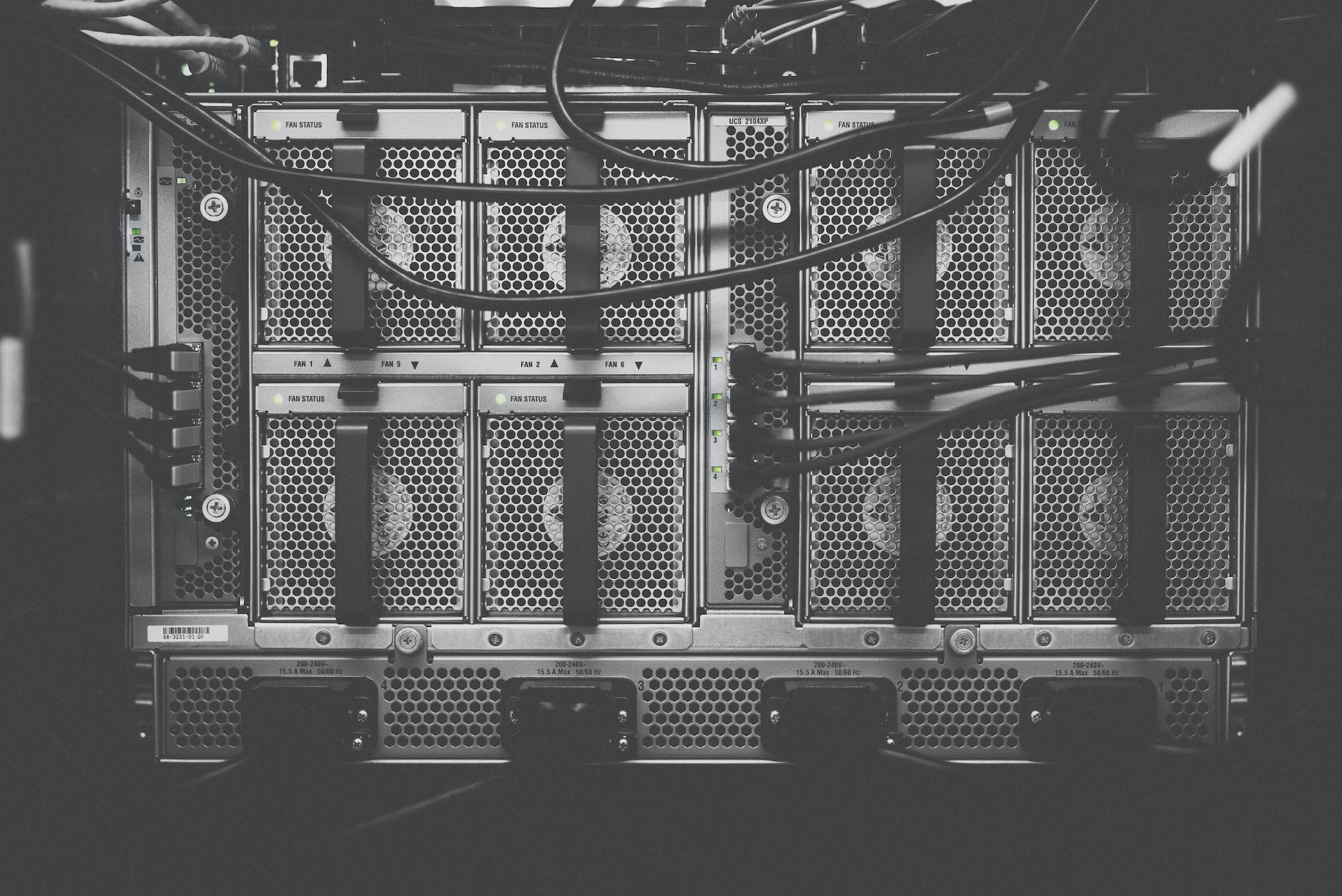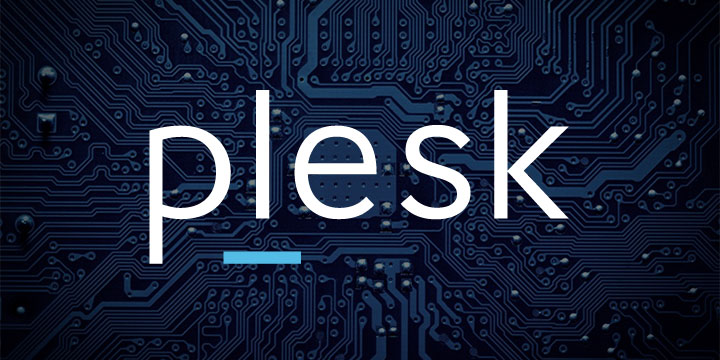Examples of AI systems that would be considered high-risk under the EU’s proposed regulations.

Under the European Union’s proposed regulations on AI, high-risk AI systems would be subject to specific requirements to ensure their safety, transparency, and accountability. Here are some of the proposed requirements for high-risk AI systems:
1. Risk Assessment and Mitigation: Developers and deployers of high-risk AI systems would be required to conduct a risk assessment to identify potential risks and develop mitigation strategies. This would include assessing the potential impact on health, safety, and fundamental rights, as well as the potential for bias and discrimination.
2. Data Quality and Management: High-risk AI systems would be required to use high-quality data that is relevant, representative, and unbiased. Developers would be required to document the data used in the system and ensure that it is regularly reviewed and updated.
3. Technical Documentation and Transparency: Developers of high-risk AI systems would be required to provide technical documentation that explains how the system works and how it makes decisions. This would include information on the input data, the algorithm used, and the output generated. The system would also be required to provide clear and meaningful explanations of its decisions to users.
4. Human Oversight: High-risk AI systems would be required to have human oversight and control. This would include ensuring that humans can intervene in the decision-making process when necessary, and that there is a clear chain of responsibility for the decisions made by the system.
5. Accuracy and Robustness: High-risk AI systems would be required to be accurate, reliable, and robust. This would include testing the system under a range of conditions to ensure that it performs as intended and is not vulnerable to attacks or other forms of interference.
6. Record Keeping and Traceability: Developers of high-risk AI systems would be required to keep records of the system’s development, testing, and deployment. This would include information on the data used, the algorithms and models developed, and any modifications made to the system over time.
7. Compliance with Standards: High-risk AI systems would be required to comply with relevant standards and regulations, such as data protection and cybersecurity standards.
These requirements are still under discussion and may be subject to revision before the regulations are finalized. However, they highlight the need for developers of high-risk AI systems to take a responsible and transparent approach to AI development and deployment.




















